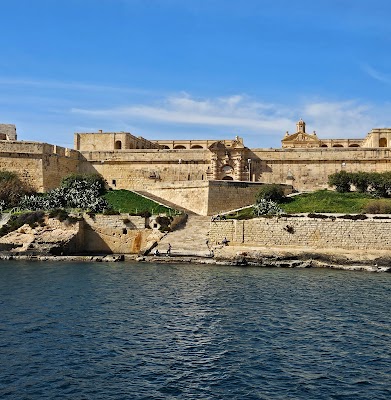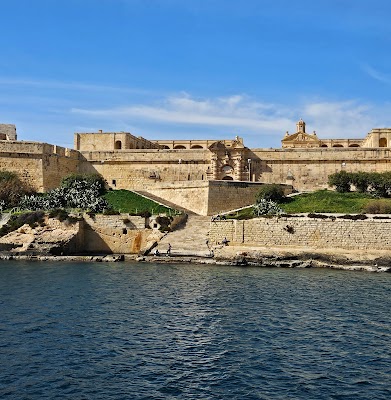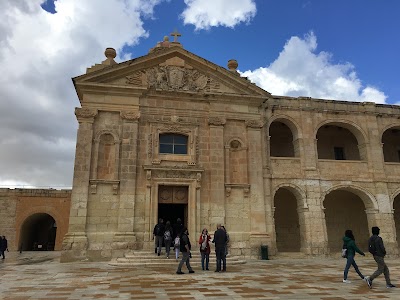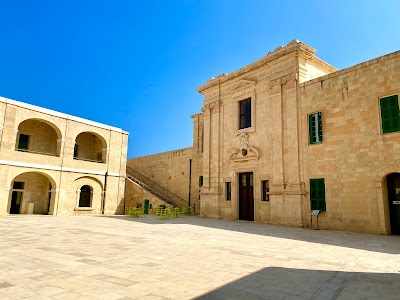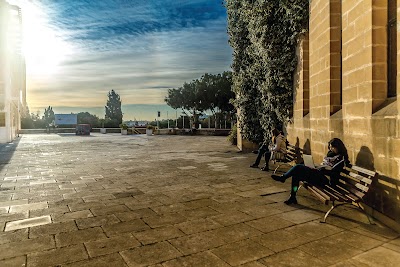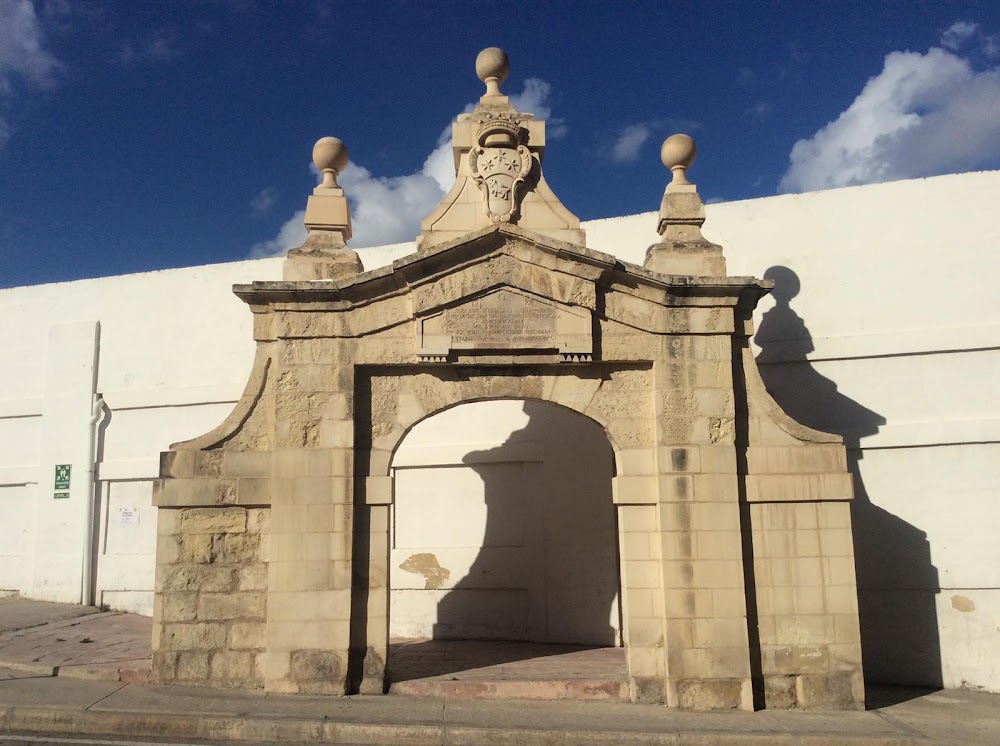Fort Manoel (Fort Manoel)
Overview
Fort Manoel, located on Manoel Island in the picturesque town of Gżira, Malta, is a magnificent testament to the island's rich historical tapestry. Constructed in the 18th century by the Order of Saint John, this fort exemplifies Baroque military architecture and served as a formidable protector of the harbor area of the capital city, Valletta.
The cornerstone of Fort Manoel was laid in 1723 under the guidance of Portuguese Grand Master António Manoel de Vilhena, after whom the fort is named. Its strategic location on the small island was specifically chosen to safeguard Marsamxett Harbour, providing a clear line of sight and defense against naval threats. The Order spared no expense in its construction, enlisting some of the greatest military engineers of the time, notably Charles François de Mondion, to design the fort with state-of-the-art defensive features.
Upon entering the fort, visitors are greeted by the stunning main gateway adorned with intricate carvings and the emblem of the Order of Saint John. Beyond this grand entrance lies a central parade ground, flanked by imposing barrack blocks. The fort also houses a charming chapel dedicated to St. Anthony of Padua, which held significant importance for the garrison stationed there. Although small, the chapel is beautifully preserved and adds an air of solemnity to this military structure.
Fort Manoel's historical significance extends well beyond its architectural grandeur. During the French blockade at the close of the 18th century, as part of the Napoleonic Wars, the fort played a pivotal role in the defense of Malta. The British eventually took control of Malta in 1800, and Fort Manoel became a crucial military asset, further enhancing its fortifications with modern artillery. The fort continued to serve military purposes well into the 20th century and saw action during World War II, suffering considerable damage from aerial bombardments.
One of the captivating features of Fort Manoel is the panoramic view it offers of Marsamxett Harbour and the adjoining waterfront. For history buffs, the fortification walls and the sublime symmetry of its design illustrate the ingenuity of Baroque military architecture. Recently, extensive restoration work has been undertaken to bring the fort back to its former glory, making it an accessible and inviting historical site for tourists.
Not only has Fort Manoel survived the ravages of time, but it has also become a popular venue for cultural and recreational activities. Increasingly, the fort is being utilized as a backdrop for concerts, art exhibitions, and historical reenactments, attracting crowds eager to immerse themselves in Malta's storied past.
Visitors to Fort Manoel often marvel at the duality of the experience: the solemnity and might of an ancient military fortress juxtaposed with the vibrant setting of modern-day cultural events. Exploring the nooks and crannies of the fort offers a glimpse into the lives of the soldiers who once manned this impressive structure. Additionally, the newly opened visitor center provides comprehensive insights into its storied past through engaging exhibits and interactive displays.
An intriguing aspect of Fort Manoel is its connection to popular culture; it served as a filming location for the globally renowned television series "Game of Thrones," where it was transformed into the Great Sept of Baelor in King’s Landing. This adds an element of contemporary appeal, making it a must-visit for fans of the show.
In conclusion, Fort Manoel stands as a brilliant draw for any visitor to Malta seeking to delve deeper into the island's illustrious history. The blend of its architectural magnificence, pivotal role in historical events, and renewed cultural significance ensures it offers an enriching experience. Whether you are a history aficionado, an architecture enthusiast, or simply looking to enjoy stunning views and events in a uniquely historic setting, a visit to Fort Manoel is an unforgettable journey through time.


